A Guide To Buying Work Boots
From durability and safety features to proper arch support and insulation, there’s a lot to think about when buying a pair of work boots. But we’ve got you covered!
We’ll walk you through all of the key considerations to help you find the best work boots for your specific needs. Whether you work in construction, manufacturing, or another field, you’ll find all of the information you need to make an informed decision about your next pair of work boots.
The Importance of Durability and Safety Features in Work Boots
First things first, you want to make sure the boots are durable enough to withstand the wear and tear of your job. Regardless of your job, you need a pair of boots that can hold up to the demands of your work environment.
Besides durability, safety features are also an important consideration when buying work boots. Depending on your line of work, you may need boots with steel toes, slip-resistant soles, or other protective features. For example, if you work on a construction site, you’ll want boots that can protect your feet from falling debris or heavy machinery.
Similarly, if you work in a restaurant, you’ll want slip-resistant shoes to prevent falls in a wet kitchen. It’s also a good idea to think about the type of terrain you’ll be walking on while wearing your work boots.
If you’ll be working on uneven surfaces or in outdoor environments, you may want to look for boots with sturdy, non-slip soles. This will help to keep you steady on your feet and reduce the risk of falls or other accidents.
Durability and safety features should be your top priorities when considering a pair of work boots.
You want a pair of boots that can stand up to the demands of your job, while also protecting your feet from potential hazards. It’s worth investing in a good quality pair of work boots, as they will not only keep you safe on the job, but also save you money in the long run by lasting longer than cheaper, lower-quality options.
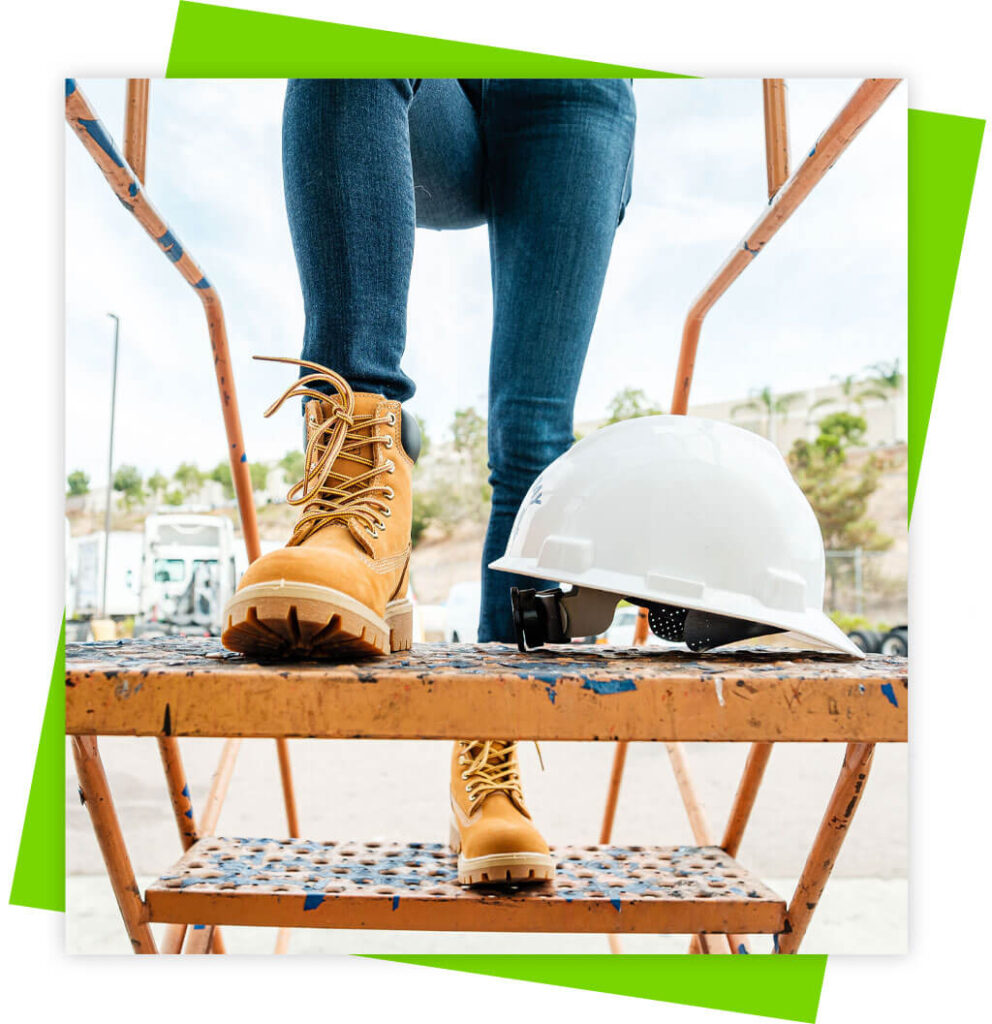
The Different Types of Work Boots Available
In terms of work boots choices, there are a variety of different options available to suit different needs.
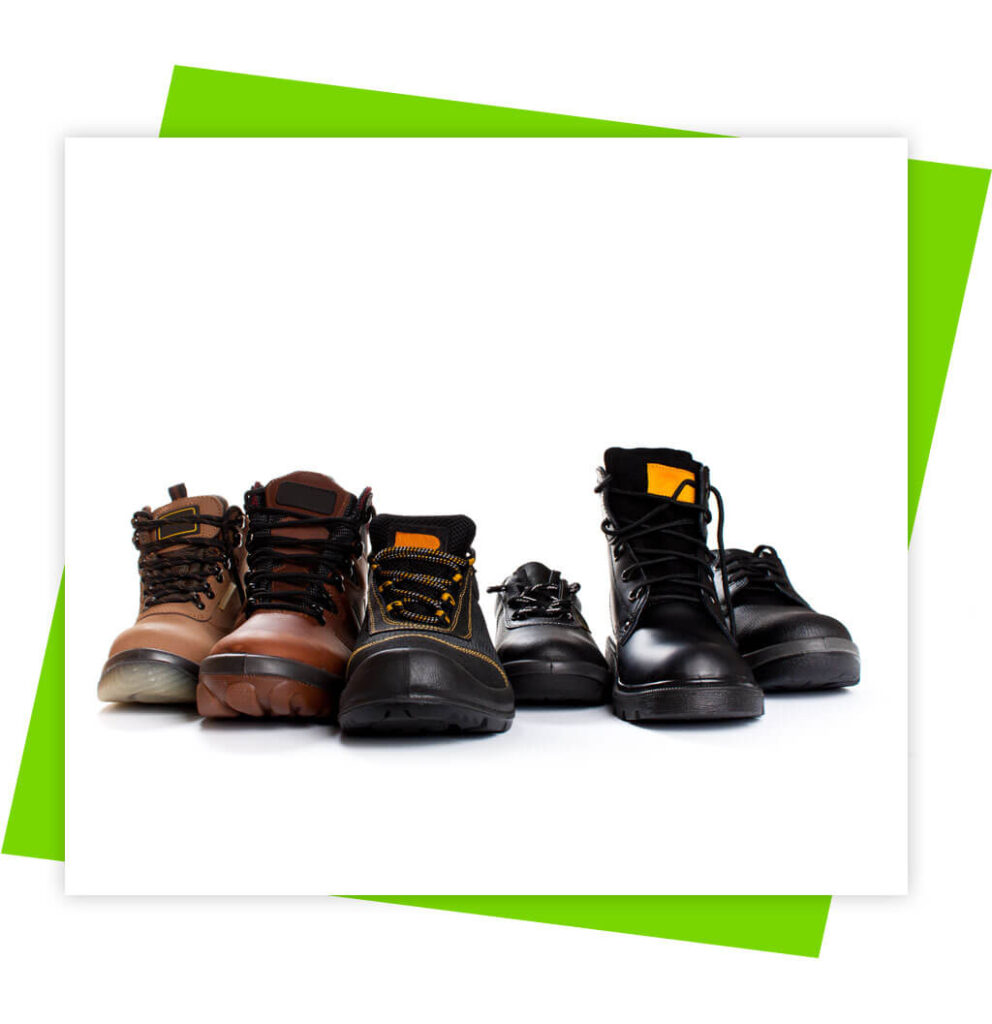
Here are some of the main types of work boots you might come across:
- Steel-toed work boots: These boots are designed with a steel toe cap, which helps to protect your feet from heavy objects or falling debris. They are a good choice for workers in construction, manufacturing, or any other field where there is a risk of falling objects.
- Waterproof work boots: If you work in an environment where you’re likely to come into contact with water or other liquids, waterproof work boots are a good choice. They are made with waterproof materials and sealed seams to keep your feet dry and comfortable all day long.
- Slip-resistant work boots: These boots are designed with special soles that are meant to reduce the risk of slips and falls on wet or slippery surfaces. They are a good choice for workers in the food service industry, or any other field where spills or wet conditions are common.
- Insulated work boots: If you work in a cold environment, insulated work boots can help to keep your feet warm and comfortable. They are lined with materials like Thinsulate or Gore-Tex, which help to trap heat and keep the cold out.
There are many different types of work boots available, each designed to suit specific needs and work environments. It’s important to choose the right type of work boots for your job, in order to ensure that your feet are protected and comfortable while you work.
The Importance of Proper Arch Support for Long-Term Comfort and Foot Health
Proper arch support is an important factor to consider, especially if you’ll be wearing the boots for long periods of time. Proper arch support can help to prevent foot pain and fatigue, and can also help to reduce the risk of more serious foot problems like plantar fasciitis or metatarsalgia.
So, what is arch support and why is it important?
Your arch is the middle part of your foot, and it plays a key role in distributing your body weight evenly across your feet. When you walk or stand for long periods of time, the arch of your foot can start to feel strained and sore if it doesn’t have proper support.
This is where arch support comes in. Arch support helps to cushion and stabilize the arch of your foot, providing additional support and comfort while you work.
There are a few different types of arch support to consider when buying work boots:
Built-in arch support: Some work boots come with built-in arch support, which means that the support is built into the design of the boot itself. This is a convenient option, as you don’t have to worry about adding in your own arch support.
Removable arch support: Other work boots come with removable arch support, which allows you to customize the amount of support you need. This is a good option if you have specific arch support needs, or if you want to be able to adjust the level of support based on your activity level.
Custom arch support: In some cases, you may need to purchase custom arch support inserts in order to get the right level of support for your feet. This is usually necessary if you have very specific arch support needs, or if you have a medical condition that requires special arch support.
It’s worth taking the time to find a pair of boots that offer the right level of support for your needs, as this can make a big difference in how comfortable you feel on the job.
How To Choose The Right Work Boots for your Specific Job or Industry
When it comes to choosing the right work boots for your specific job or industry, there are a few key things to consider.
Here are a few tips to help you find the perfect pair of work boots:
- Determine your specific needs: What are the demands of your job? Do you need steel-toed boots to protect your feet from falling objects, or waterproof boots to keep your feet dry in wet conditions? Make a list of the features you need in a pair of work boots, so you know what to look for when shopping.
- Consider the fit: Proper fit is important for both comfort and safety. Make sure to try on several different sizes and styles to find the best fit for your feet. Your toes should have plenty of room to move, and the boots should feel secure and supportive, but not too tight.
- Look for reputable brands: There are many different brands of work boots out there, so it’s important to do your research and choose a reputable brand that has a good reputation for quality and durability. Read online reviews and ask colleagues or friends for recommendations to help narrow down your options.
- Don’t skimp on quality: While it can be tempting to go for the cheapest option, it’s important to invest in a good quality pair of work boots. Cheap, poorly made boots are more likely to fall apart or cause problems like blisters or foot pain, which can be frustrating and distracting on the job.
- Don’t forget to break them in: Even the most comfortable work boots can take a bit of time to break in. Give yourself a few days to wear them around the house and get used to the fit and feel before wearing them on the job.
Remember, the right pair of work boots can make all the difference in terms of comfort, safety, and overall job performance, so it’s worth taking the time to find the perfect fit.
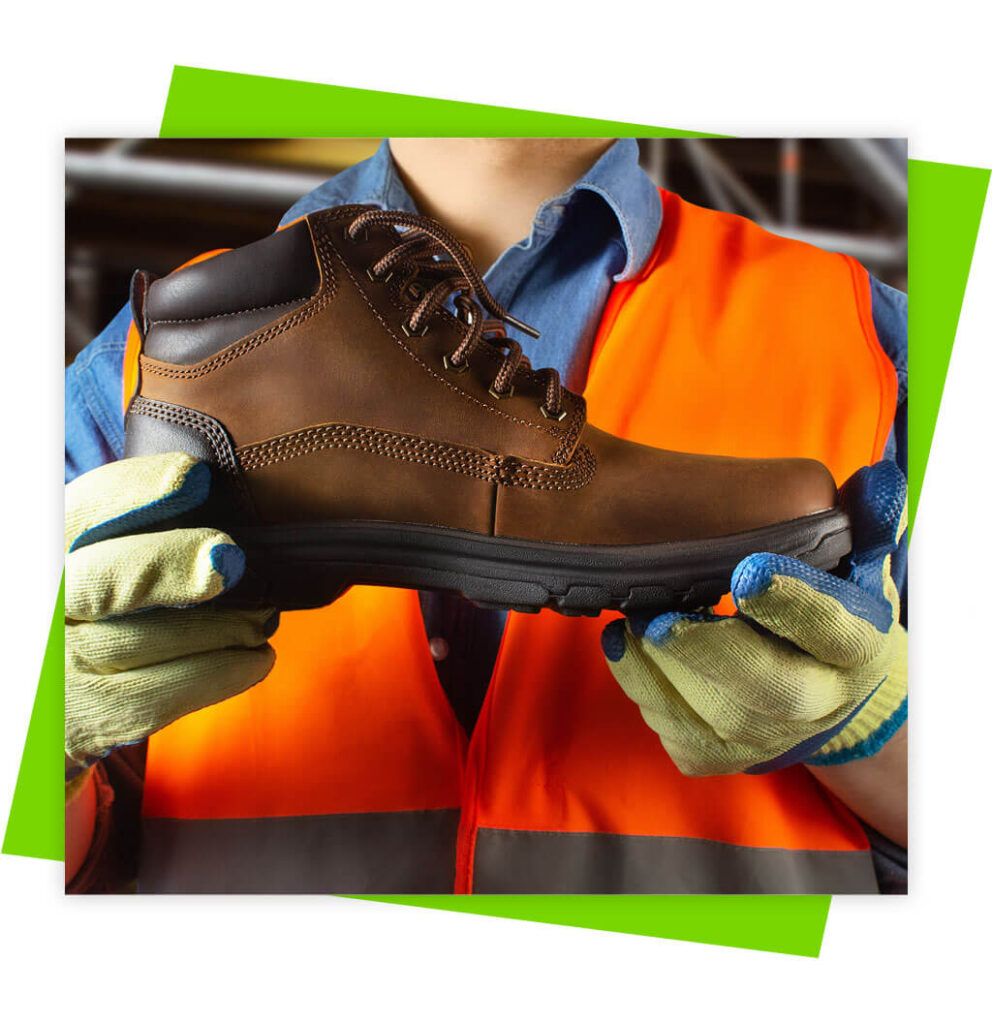
The Benefits of Investing in High-Quality Work Boots
It’s important to consider the benefits of investing in a high-quality pair of work boots. While it may be tempting to go for the cheapest option, there are several reasons why it’s worth investing in a good quality pair of work boots:
Durability: High-quality work boots are made with materials that are built to last. This means that they are less likely to fall apart or wear out quickly, which can save you money in the long run.
Comfort: Quality work boots are designed with comfort in mind. They are made with materials that are meant to cushion and support your feet, which can help to reduce foot pain and fatigue.
Safety: Good quality work boots are designed with safety features that can help to protect your feet from hazards on the job. For example, steel-toed boots can help to protect your feet from falling objects, while slip-resistant soles can help to prevent falls on wet or slippery surfaces.
While it may cost a little more upfront, the long-term benefits of investing in a good quality pair of work boots can make it well worth the investment.
The Best Brands for Work Boots
There are many different brands to choose from when you’re on the hunt for new work boots. Here are a few of the best brands for work boots, known for their quality, durability, and comfort:

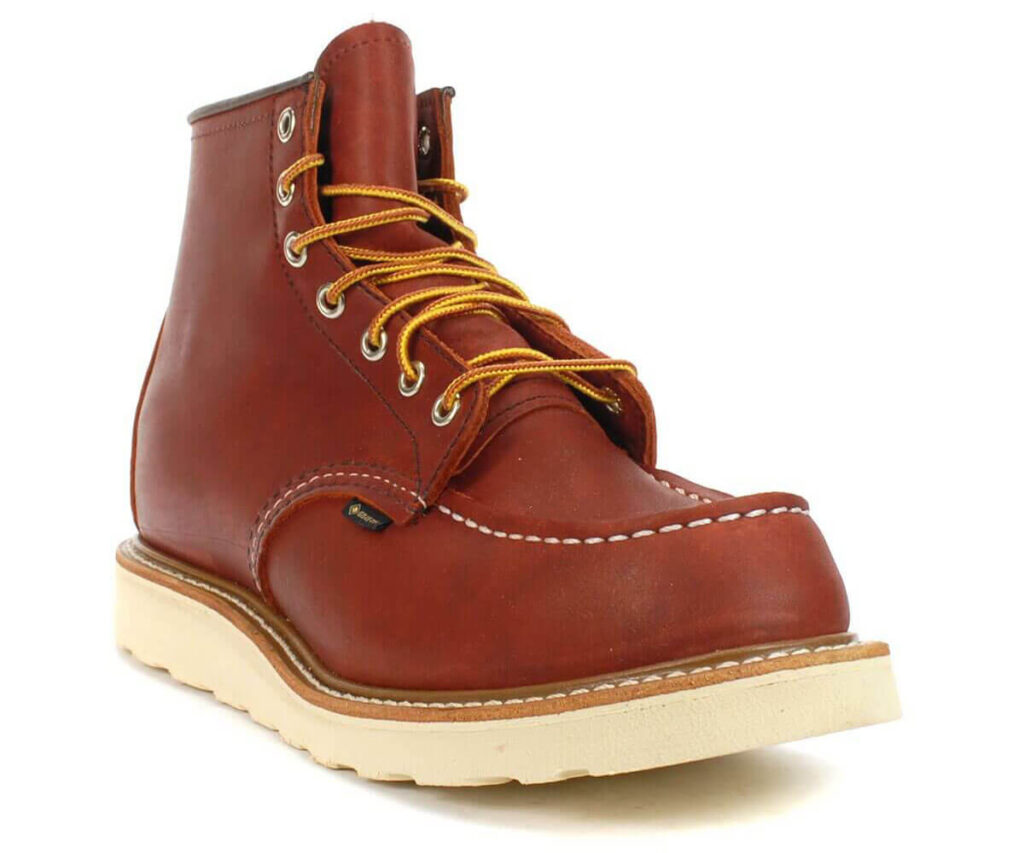
Red Wing:
Red Wing is a well-known brand that has been producing high-quality work boots since 1905. They offer a range of boots for different industries, including construction, manufacturing, and oil and gas.
Caterpillar
Caterpillar is a leading brand in the construction and manufacturing industries, and their work boots are known for their durability and comfort. They offer a range of steel-toed and composite-toed boots, as well as waterproof and insulated options.
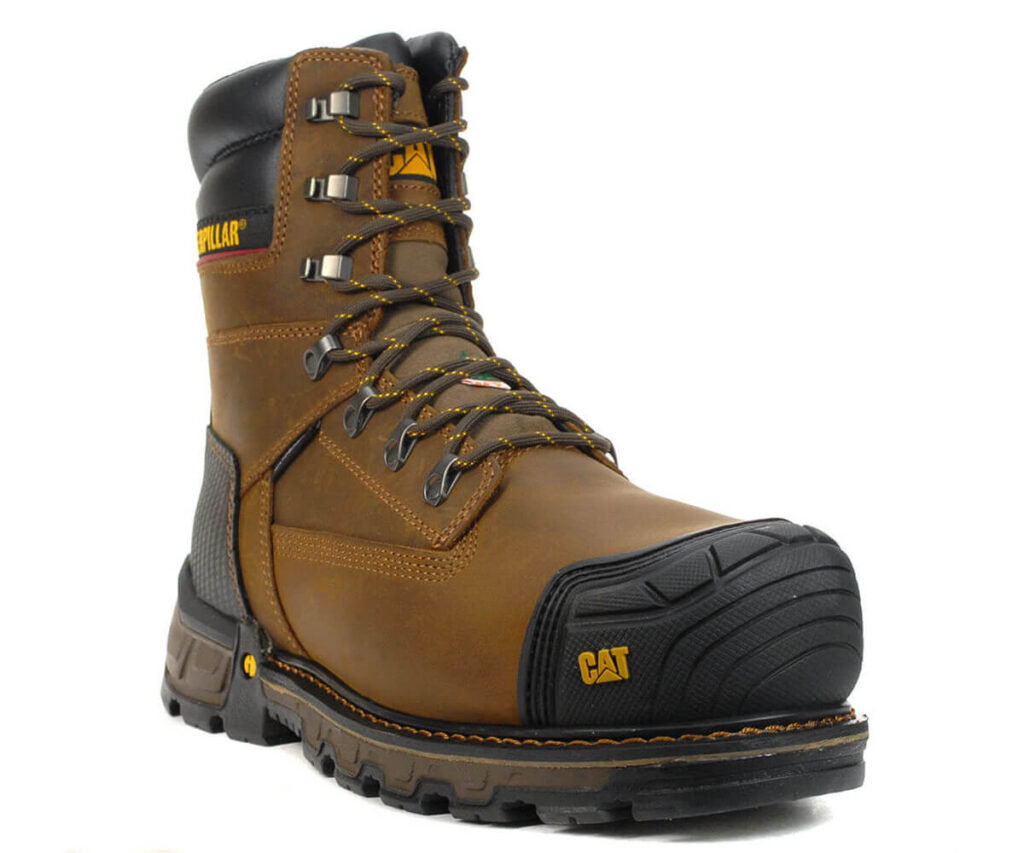
The Role of Insulation and Warmth in Colder Work Environments
If you work in a colder environment, insulation and warmth are important factors to consider when buying work boots.
Cold feet can be uncomfortable and distracting on the job, and in extreme cases, they can even lead to frostbite or other cold-related injuries. Here are a few things to consider when it comes to insulation and warmth in colder work environments:
- Insulated work boots: Insulated work boots are designed to keep your feet warm in cold environments. They are lined with materials like Thinsulate or Gore-Tex, which help to trap heat and keep the cold out. Insulated work boots are a good choice for workers who spend long periods of time outdoors in cold weather, or who work in refrigerated warehouses or other cold environments.
- Materials: The materials used in the construction of the boot can also play a role in warmth and insulation. Leather is a good choice for colder environments, as it is a natural insulator and can help to keep your feet warm.
- Heated insoles: If you work in a particularly cold environment, you may want to consider heated insoles. These insoles are designed to generate heat to keep your feet warm, and can be a good option for workers who spend long periods of time outdoors in extreme cold.
Insulation and warmth are important considerations when buying work boots for colder environments. By choosing the right materials and insulating features, you can help to keep your feet warm and comfortable on the job, no matter how cold it gets.
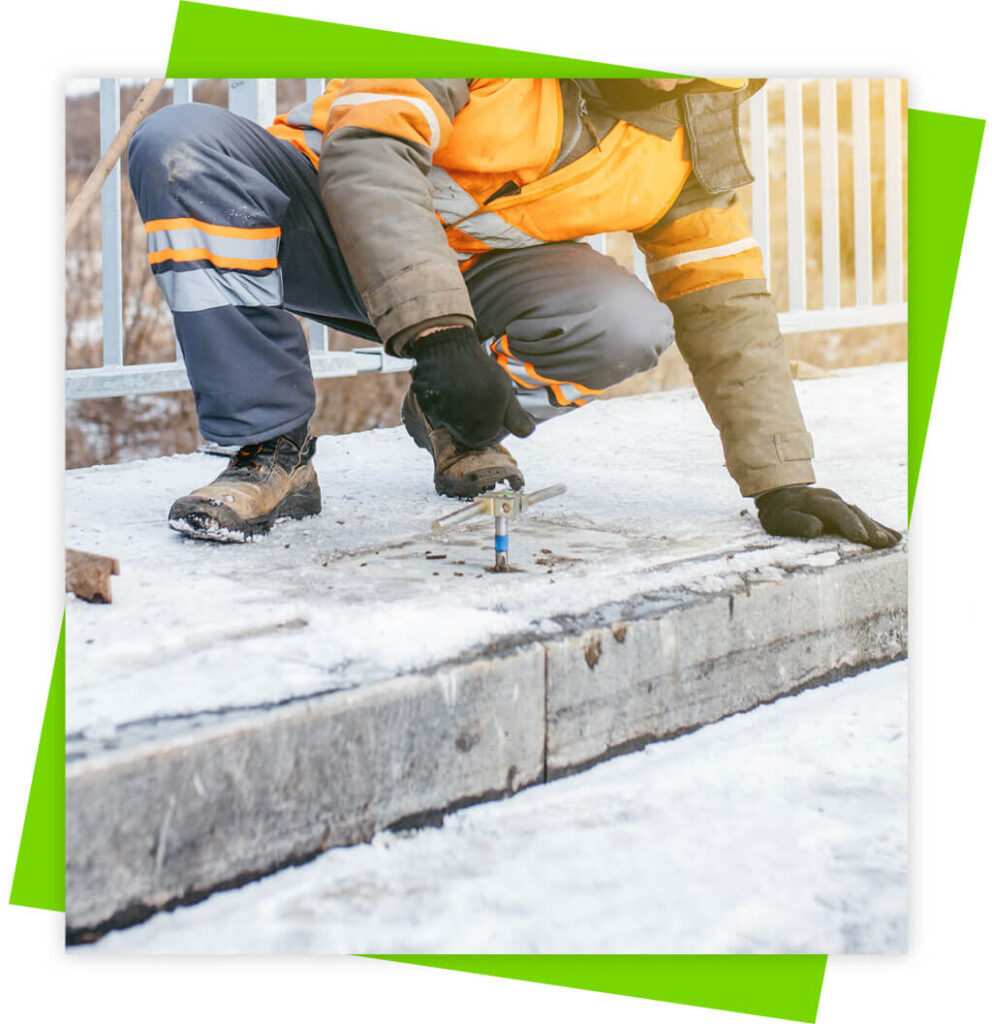
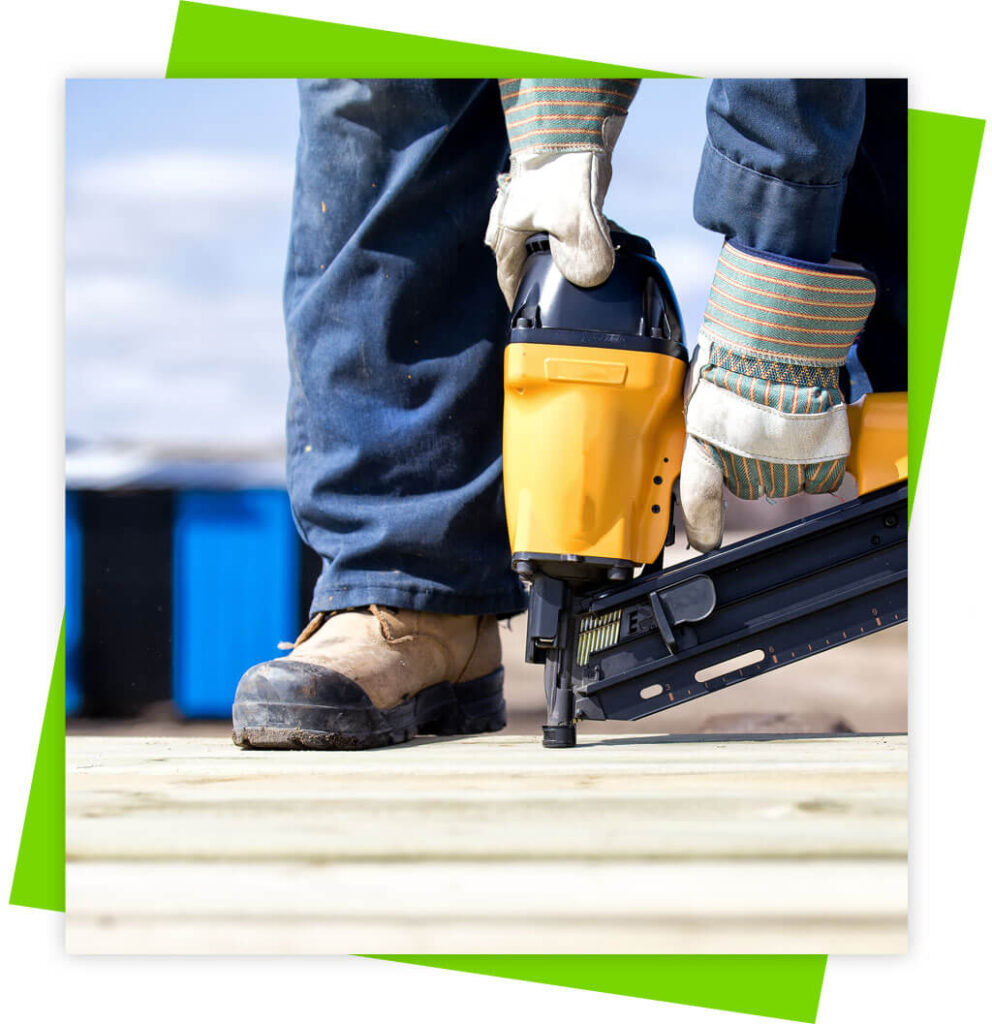
The Importance of Following your Workplace’s Safety Guidelines and Regulations
One really important part of work boot shopping is making sure to follow your workplace’s safety guidelines and regulations in order to ensure that your feet are properly protected on the job. Depending on your line of work, there may be specific safety regulations that you need to follow when it comes to choosing work boots. Here are a few things to consider:
- Steel-toed boots: If your workplace requires steel-toed boots, it’s important to make sure that the boots you choose meet the required standards. Look for boots that are certified to meet the ASTM F2413-11 standard, which is the standard for steel-toed boots.
- Slip-resistant soles: If your workplace has specific guidelines for slip-resistant soles, it’s important to make sure that the boots you choose meet these requirements. Look for boots that have soles that are certified to meet the ASTM F2913-11 standard for slip-resistant footwear.
- Electrical hazard (EH) protection: If you work in an environment where you may come into contact with live electrical wires, you may be required to wear work boots with electrical hazard (EH) protection. Look for boots that are certified to meet the ASTM F2413-11 standard for EH protection.
Tips for Breaking in and Maintaining Your Work Boots
Once you have found the perfect pair of work boots, it’s important to take care of them in order to keep them in good condition. Here are a few tips for breaking in and maintaining your work boots:
- Break them in slowly: Even the most comfortable work boots can take a little bit of time to break in. Give yourself a few days to wear them around the house and get used to the fit and feel before wearing them on the job. This can help to prevent problems like blisters or foot pain.
- Rotate your boots: If you have more than one pair of work boots, try to rotate them on a regular basis. This can help to evenly distribute wear and tear, and can help your boots last longer.
- Clean and condition your boots: Regularly cleaning and conditioning your boots can help to keep them in good condition. Use a mild soap and water to clean the exterior of your boots, and use a leather conditioner to keep the leather soft and supple.
